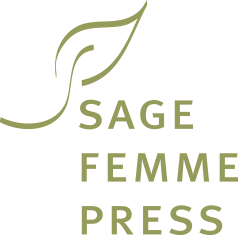March 10th at the Park Avenue Armory. It’s the 58th Annual New York International Antiquarian Book Fair. There are about 200 exhibitors from the United States, Europe, Japan. I wander the aisles among collectors, agents, booksellers, scouts and browsers. Although a devoted reader, I myself am none of these. I am not drawn to signed first editions with their original jackets, fine copies, leather bindings, author ephemera or novelty publications. But, to my surprise, I almost buy a book.
I spot it at the Kelmscott booth on Aisle E. It’s a small, handmade, hardbound limited edition with the curious title To Protect and Serve. Did it have something to do with law enforcement? I pick it up. Inside I find reproductions of 1960s and 70s-era ads for everything from electric frying pans and Crock-Pots to the Chevy Nova and Boeing 747. Turns out it was inspired by a call for entries to a contest with the theme “vessel.” The bookmaker, Karen Hamner, includes wry commentary with each illustration gleaned from her memory, imagination and, yes, Wikipedia. Did I say it was priced at $350? I am enchanted but, in the end, do not buy.
Why? I could have afforded one extravagance. Now that the impulse has subsided, I realize that this was not the kind of art that would feed my soul over time, not something I wanted to possess so that I could reach for it again and again. It gave me what my mother would call a shock of happiness, the only one to do so among the thousands of books in that hall. I’m glad Karen Hamner made it. I hope someone will buy it. As for me, I kissed the joy and let it fly.
